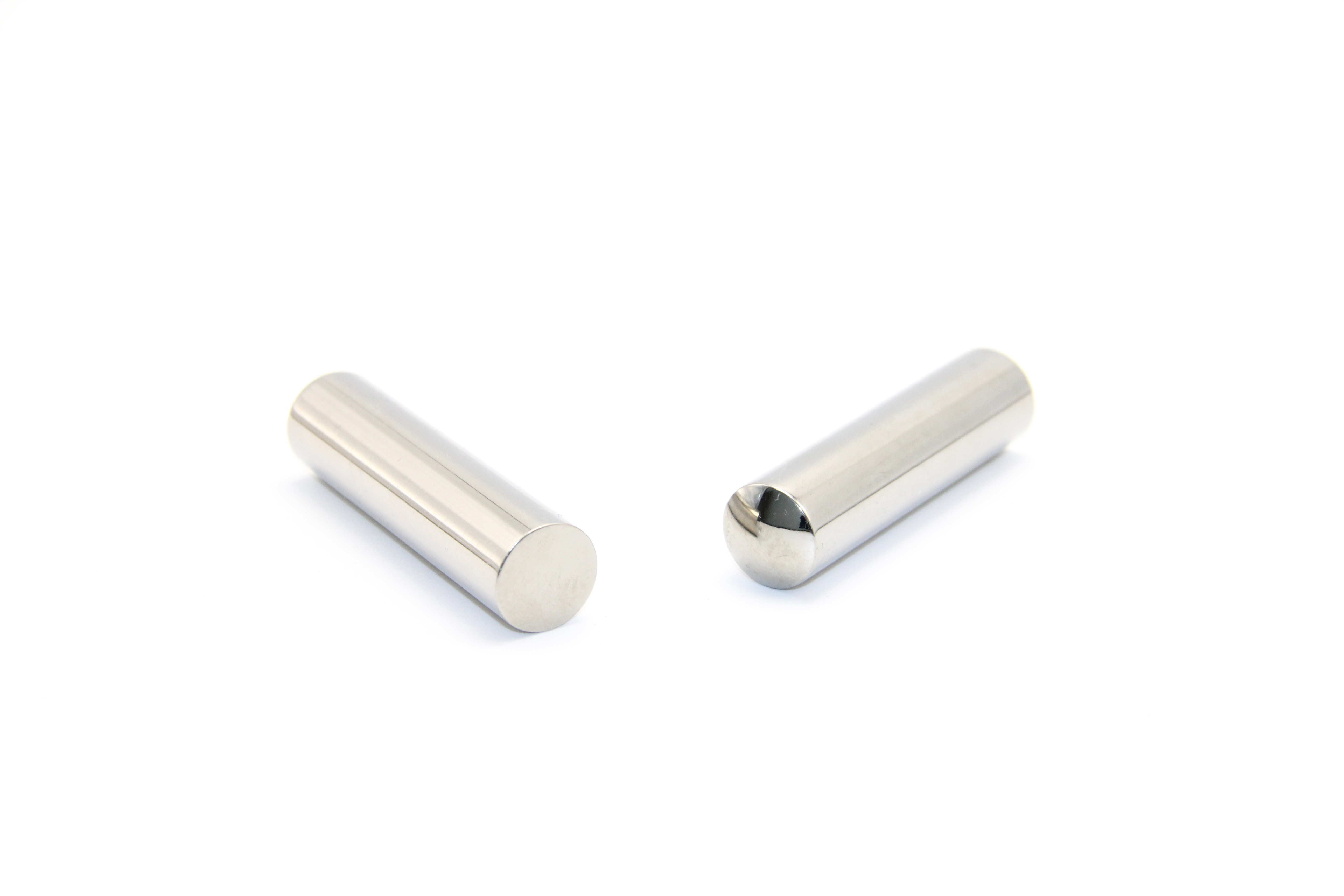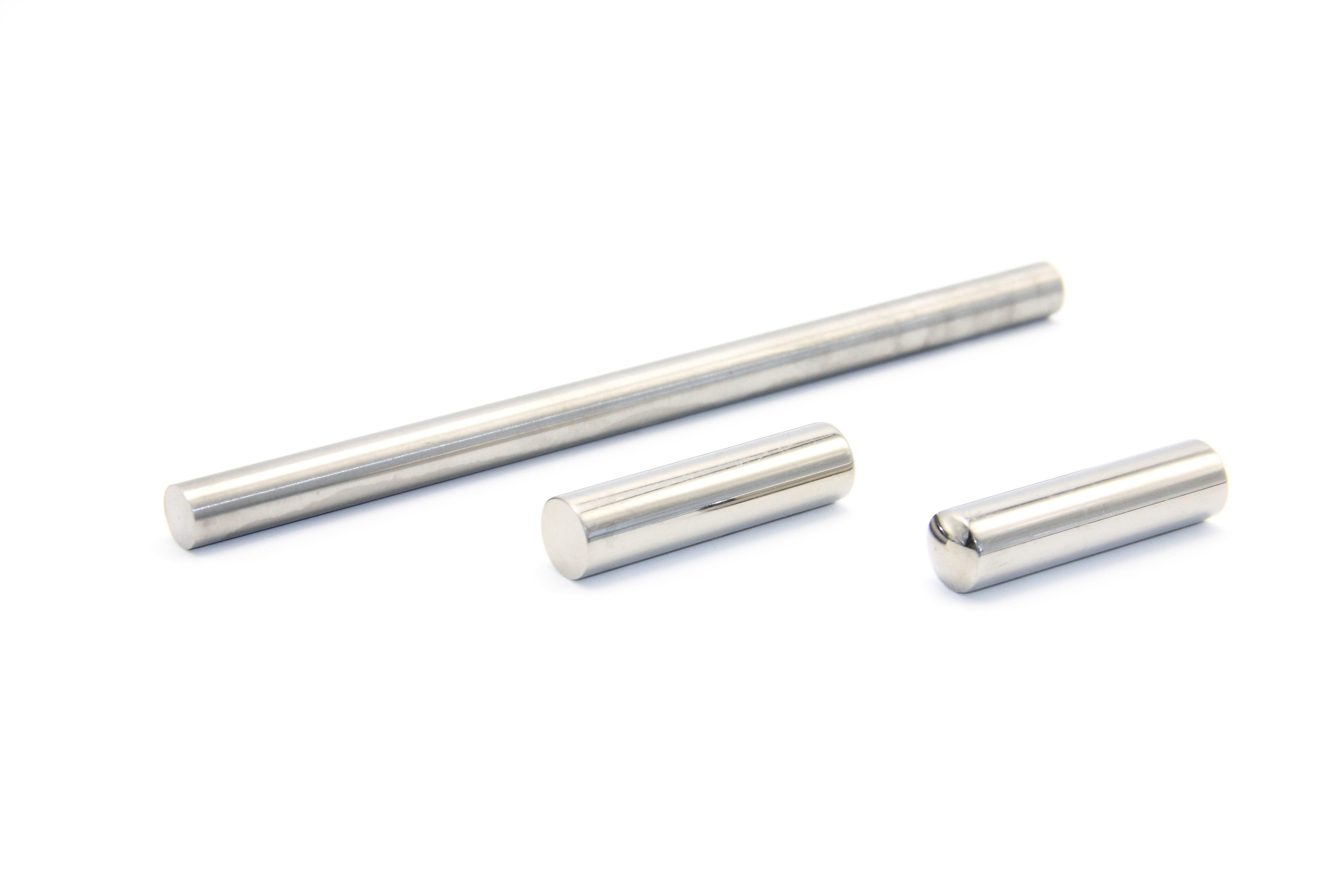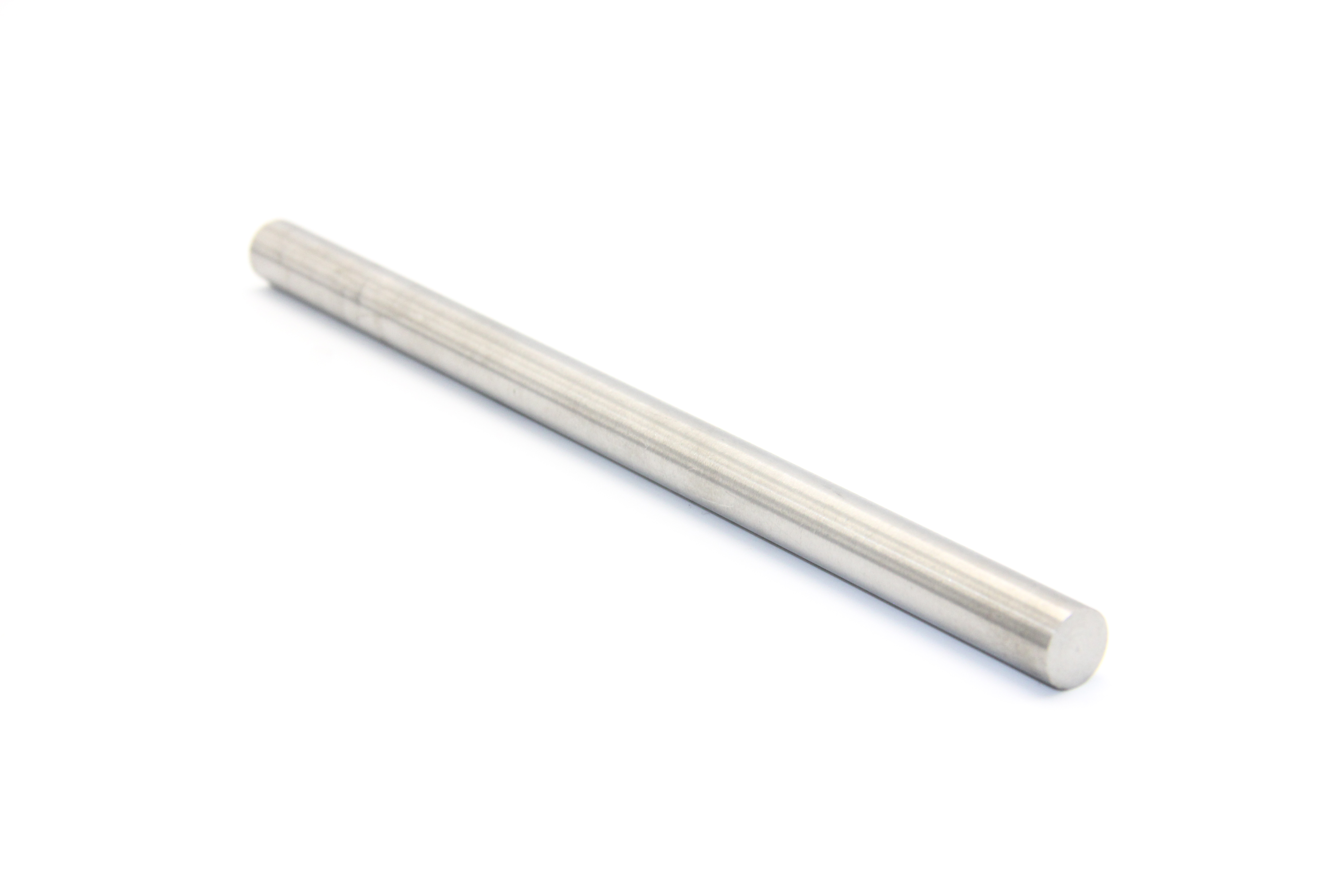High Strength Low Density Titanium Round Bar Ø4mm x 250mm
Category
Minerals & Metallurgy
Sub-Category
Titanium
Completed orders
0
Price
$10.00
Delivery Cost
$1.00
Minimum Order
1
Kilogram(Weight)
Location
19th Wenquan Industrial Park,Titanium City Road, High-tech District, Baoji City, Shaanxi Province, China, , ,
Product name: Titanium Round Bar
Process: Rolled
Weight: Customized
Shape: Round
Material: Titanium
Advantage: High Strength
Use: Wide range
Length: Customized Lengths Supported
MOQ: Negotiable for Bulk Orders
Packing: According to Clients Needs (Wooden box/ Carton / Pallet)
Sample: Available
Delivery Time: 3–30 Days
Company Rating
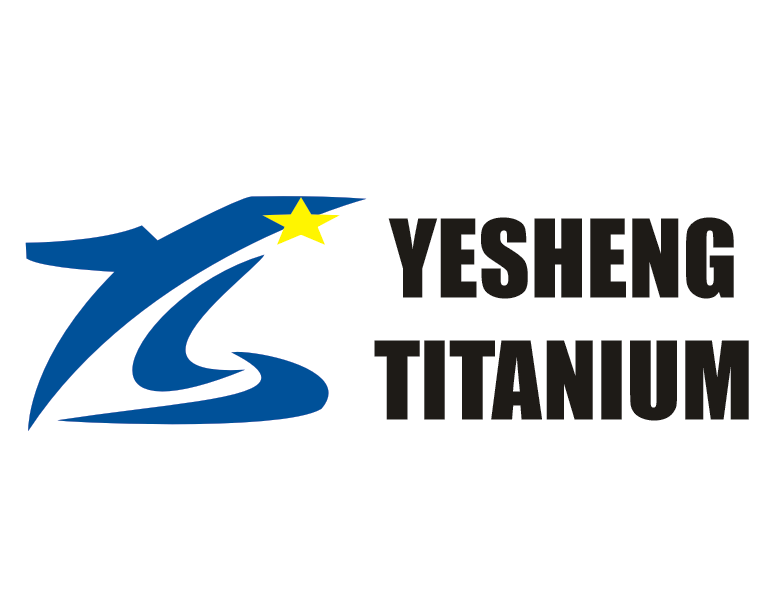
Overall Rating
Description Rating
Delivery time
Contact
Professionalism
You may like this
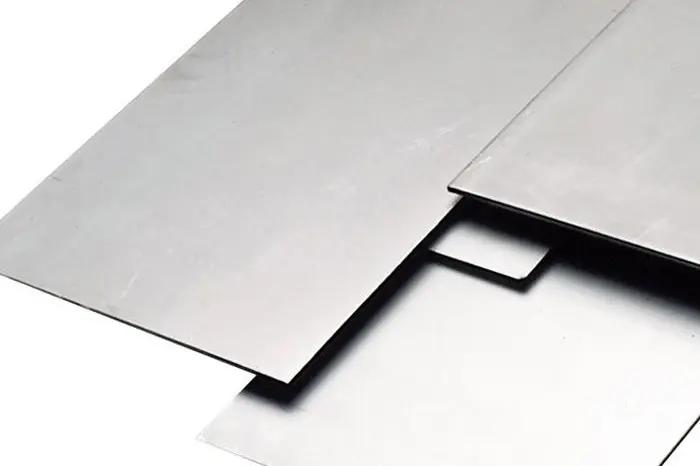
Grade 1/2 Titanium Plate for Industrial High Quality
Price: $10.00 per piece
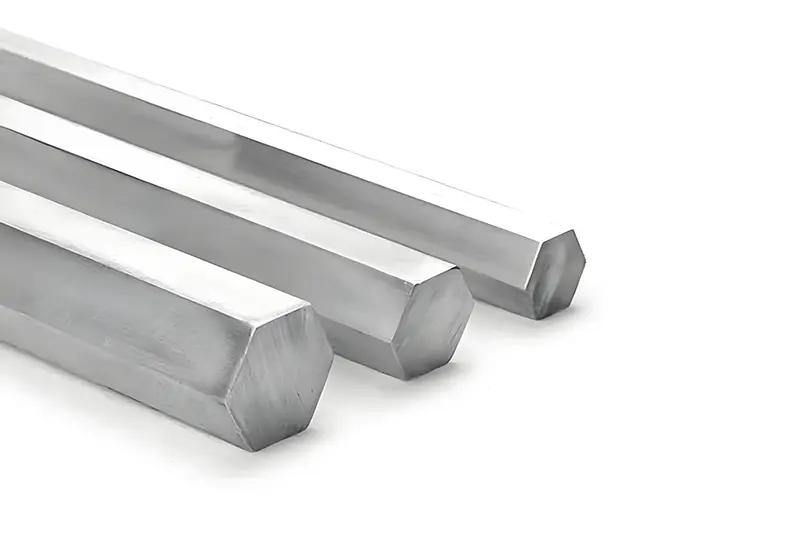
High Purity Titanium Hex Rod for Industry
Price: $10.00 per piece
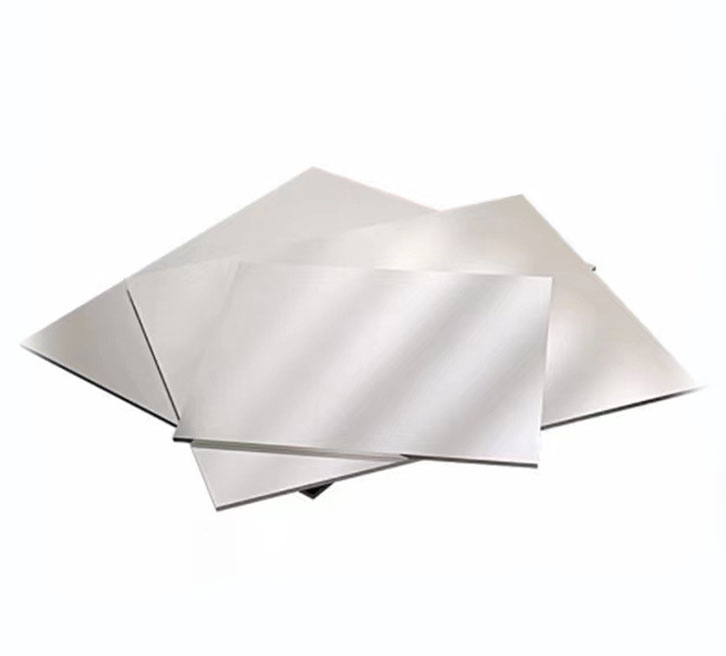
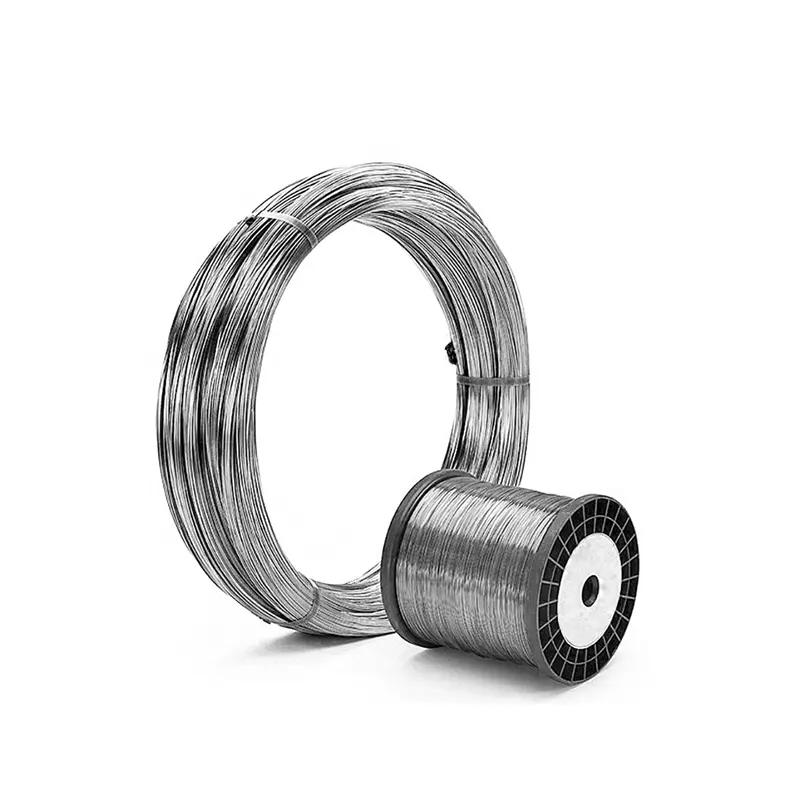
High Purity Polishing and Cutting Titanium Wire
Price: $10.00 per piece

